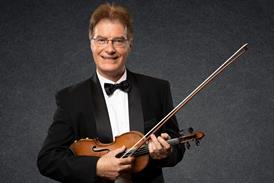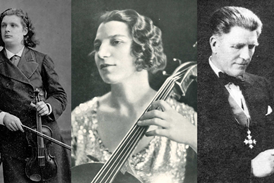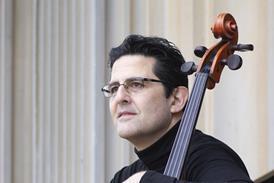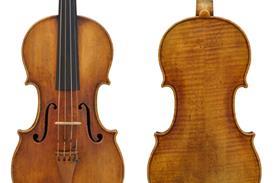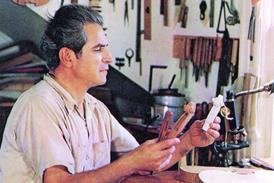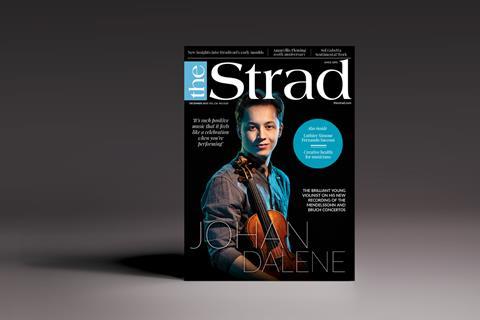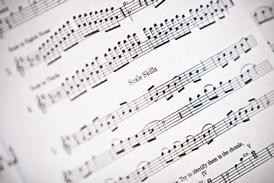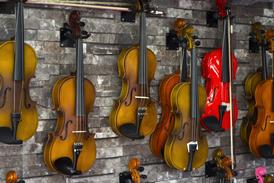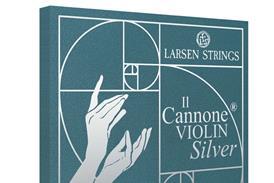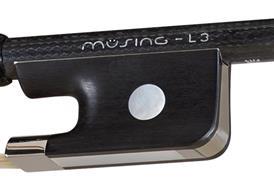- News
- For Subscribers
- Student Hub
- Playing Hub
- Directory
- Lutherie
- Magazine
- Magazine archive
- Whether you're a player, maker, teacher or enthusiast, you'll find ideas and inspiration from leading artists, teachers and luthiers in our archive which features every issue published since January 2010 - available exclusively to subscribers. View the archive.
- Jobs
- Shop
- Podcast
- Contact us
- Subscribe
- School Subscription
- Competitions
- Reviews
- Debate
- Artists
- Accessories
Masterclass: Simon Standage on Bach’s Violin Sonata in E major part 2

British violinist Simon Standage looks at the Adagio ma non tanto and ‘firework’ finale, in the second of two articles exploring this 18th-century work for violin and harpsichord
Explore more Masterclasses like this in The Strad Playing Hub
Read more premium content for subscribers here
By the time that Bach wrote this sonata in the 1720s, movement headings were becoming more specific indicators of character and speed. An andante, for example, indicated walking pace, but also a certain type of articulation. This vocabulary had increased tremendously by the time of Haydn, who himself had numerous qualifications of Allegro. Before the metronome came in, there were more degrees of speed variation than on a modern-day metronome stalk.
Already subscribed? Please sign in
Subscribe to continue reading…
We’re delighted that you are enjoying our website. For a limited period, you can try an online subscription to The Strad completely free of charge.
* Issues and supplements are available as both print and digital editions. Online subscribers will only receive access to the digital versions.

